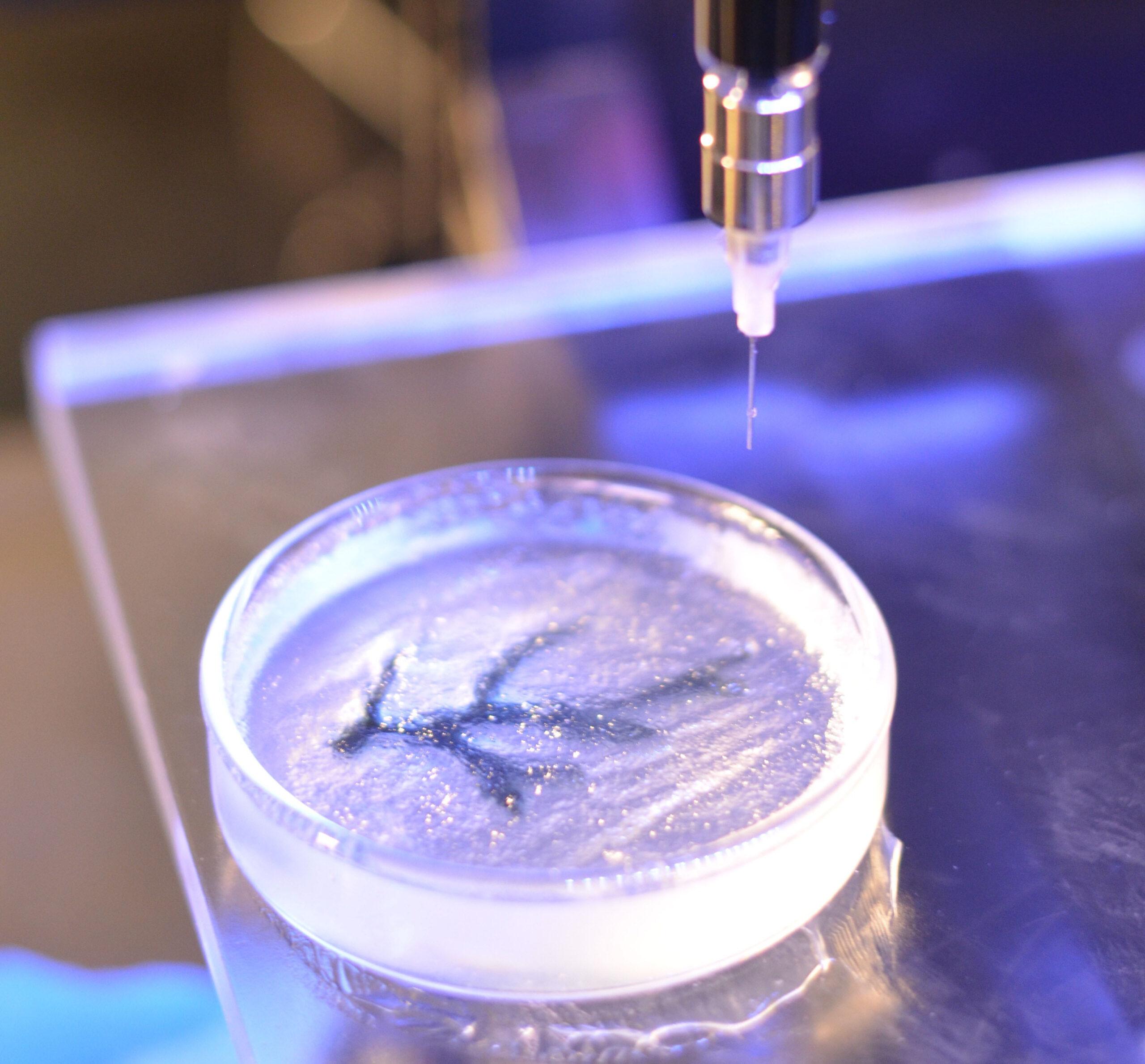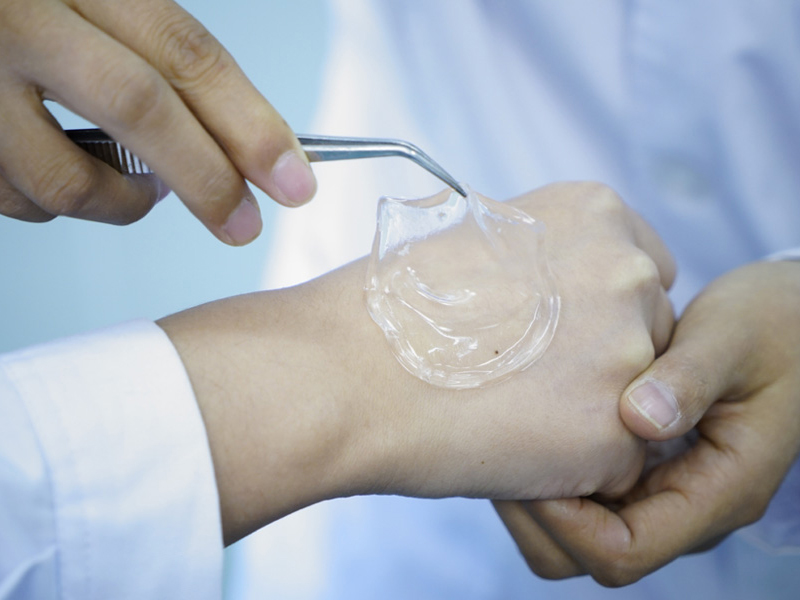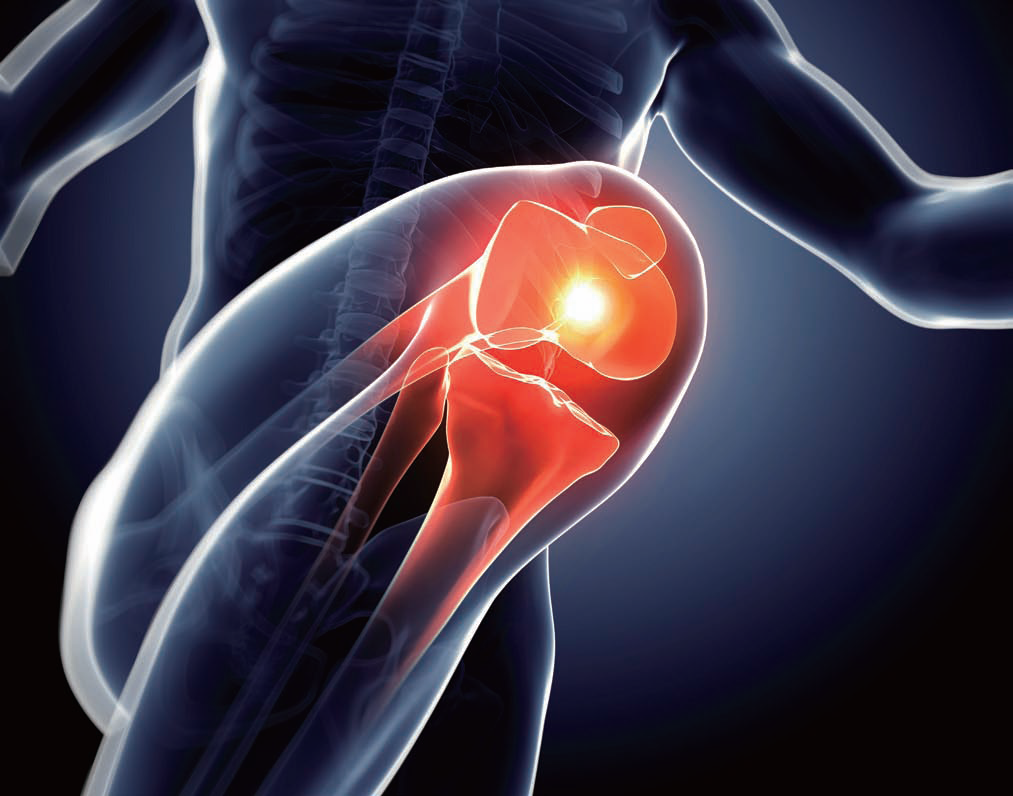Drug Screening
Traditional drug evaluation often relies on animal models or cell culture models, which may not accurately predict drug reactions in the human body due to physiological and pathological differences.
The application of biologically inspired 3D printing technology enhances the efficiency and accuracy of drug evaluation platforms.
Researchers used the Panospace BioPro bioprinter with a custom pipetting system to establish a drug safety visualization and quantification platform based on micro liver tissue.




